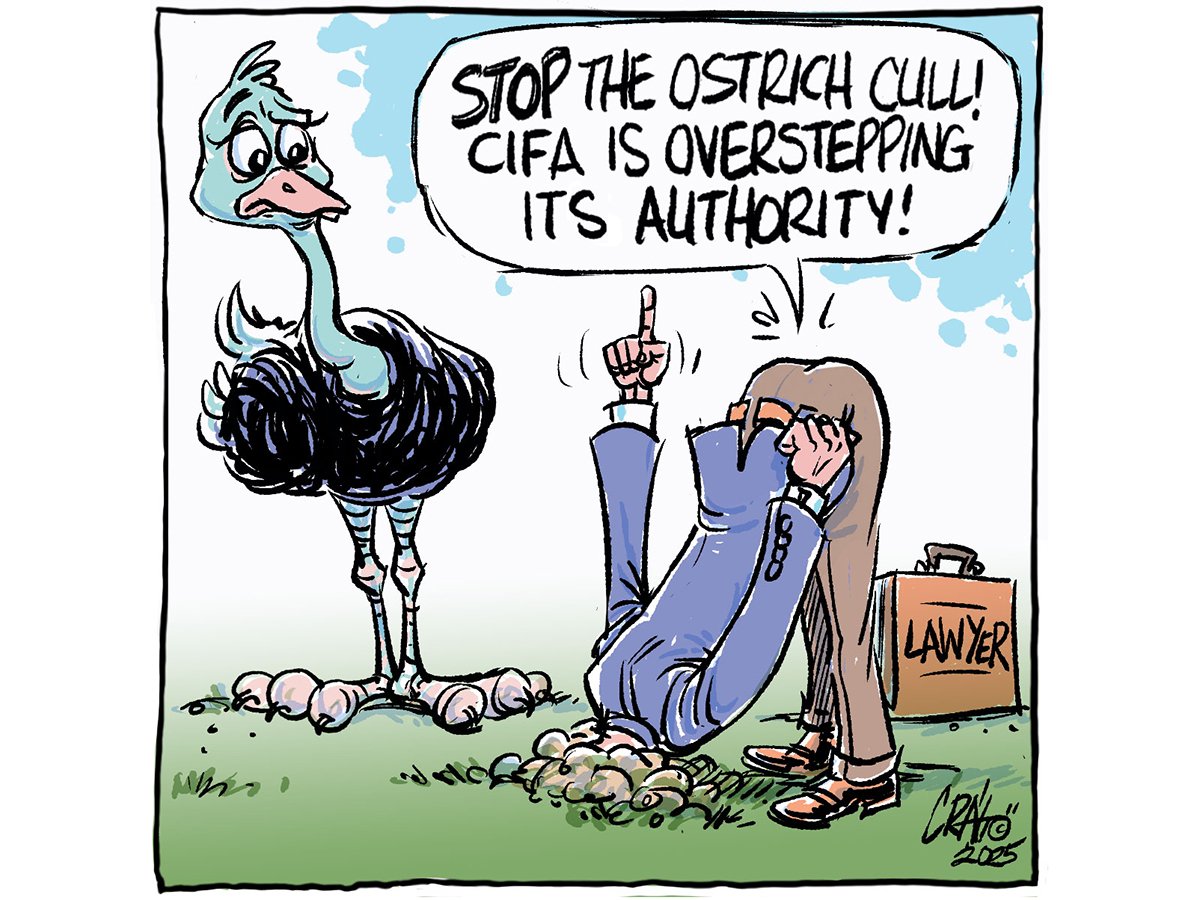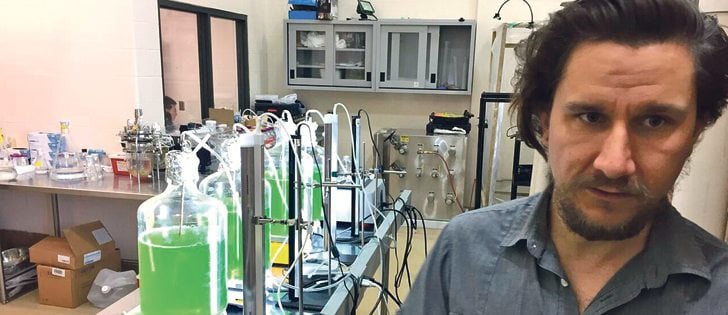At the World Pork Expo hog industry experts like Glenn Grimes were saying the North American sow herd needs to shrink by 5 to 10 percent more than it already has. That’s a grim prognosis for the oversupply problem that has hog prices unable to force prices high enough to compensate for higher feedgrain prices.
It’s had me wondering: where does that pound of flesh come from? Because, as with Antonio in The Merchant of Venice, the important point is not the overall reduction in flesh, but where it comes from. Slimming down by a pound wouldn’t have been too bad for Antonio, but Shylock wanted it from the place closest to the heart, which would have caused his death. With the North American hog industry, we don’t face a situation in which every producer is going to have to reduce his sow stalls by five to ten percent. Lots of producers are going to keep producing to the maximum as long as they can afford it. And if they go broke, someone will likely buy their barn and keep it going at max capacity. But some operations, somewhere, will be taken out. Those are likely those that are the oldest and need replacing. Anyone want to finance a multi-million dollar hog barn these days?
Read Also

The Canadian Food Inspection Agency’s animal health efforts require producer support
Livestock producers should be concerned by how an ostrich farm is using crowd funding to help it defy a Canadian Food Inspection Agency order to destroy more than 300 birds.
Or in an economic depression: some lose their jobs and end up spending years in the bread line, while others (70 percent in the Great Depression) keep their jobs and go on with their lives.
The idea that’s haunted me is whether that five to ten percent reduction in the North American herd will fall most heavily on southern Manitoba. It’s not just suffering like everyone else, but much more extremely due to country of origin labeling, which has seen some producers lose their buyers and others facing a “Canadian-born” discount when selling weanlings into the U.S.
Combined with the Manitoba government’s apparent neglect and perhaps dislike of the industry, the condition is dire for an industry that was world-leading in its efficiency, modern production capabilities and a key export industry for Western Canada.
The boot is falling here not just in terms of present losses, but in the loss of confidence of producers who don’t see a way forward, and don’t feel that anyone outside the industry cares.
Tonight in Morris the Manitoba hog industry is holding a rally/therapy session, in which industry leaders will plead for help and also in which farmers will be given a chance to voice their pain.
It’ll be interesting to see whether the premier and agriculture minister appear at the event. They’ve been accused of ignoring the plight of hog farmers and the NDP government has been accused of wishing ill to the industry. Their willingness to offer support – or at least say something supportive – is going to be taken as a key signal of whether Manitoba hog farmers should view themselves as valued, or whether they’re on their own in this tsunami.
That pound of flesh is going to get cut out of the North American herd in one place or another. It could be somewhere relatively harmless for Western Canada. Or it could be right here, in the Red River valley, the closest place to the heart of the prairie industry.















